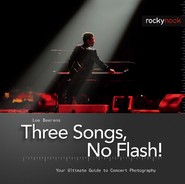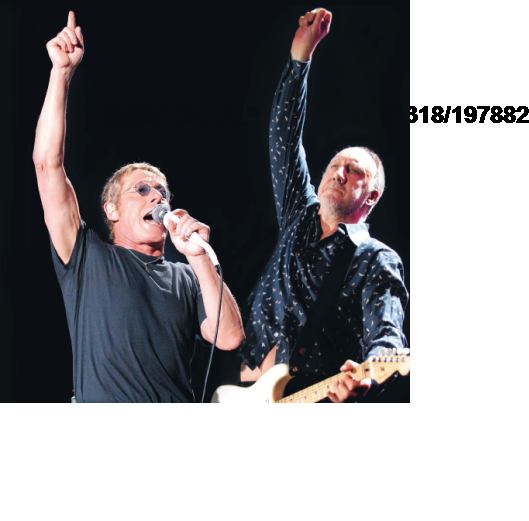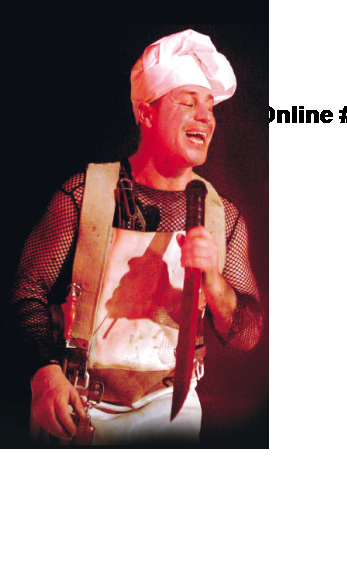The Artist. Without a doubt, the artist is the most important person in the house, the one that everybody has come to see. NEVER bother an artist during the performance. NEVER stand in front of the artist when the height of the stage is at the same level as the audience. NEVER behave in a way that draws more attention to you than the artist. Your presence front stage should go by unnoticed.
The Audience. Always remember that people in the audience have paid a lot of money for their tickets. To have a photographer standing right in front of them or walking by all the time is not what they had in mind. Be considerate to the audience standing behind you and try to disturb them as little as possible. Have a chat with them before the concert starts, and tell them you will be out of their way after the first three songs. This saves you a lot of moaning, shouting, or worse.
Personnel. Whether they are roadies or security guards, always follow the directions of the personnel present. You are on their turf, and you are a guest. It's as simple as that. If they tell you to move two steps back, do as you are told, even though you may not know the reason why. When a minute or so later six magnesium bombs explode close to the spot where you were standing, you will understand.
Security. Security speaks for itself. They decide what you can and cannot do. Don't get into a discussion with them, because I know from experience, that's not going to work. Ask for their superiors if you really think you have a point. Security is not only there to stop you from doing something that is not allowed. They are also on the lookout for fans that have become ill. They pull them out of the crowd as quickly as possible and bring them to the first aid room via the photo pit. When this happens, stop taking photos and give them space. Don't give them a hand unless it's absolutely necessary. They are trained to do this job, so don't interfere with their work. Should you be the first to spot trouble in the audience, warn security and then step aside.
TV Cameras. Like it or not, TV cameras take up a lot of space in the photo pit. Apart from that, they are most likely right on the spot where you want to stand. They are often in your picture, and all the cables on the floor will drive you crazy.
On the other hand, the presence of film crews in the photo pit is rather unusual. Film crews could either be from a TV broadcast company, or they could be filming at the band's request (e.g., for a live DVD, video clip, or big-screen recording).
As filmed footage always has a more direct and bigger impact than photos, the TV and film crews in the photo pit are more important than you. Don't stand in their way, and stay out of their shot. Look out for all the cables on the floor. You wouldn't be the first to trip over them.
Photographers. Photographers are the last in order of importance. It's not a position to be happy about, but that's just the way it is. If you do your job, keep your eyes open, and don't bother anyone, the photo pit is the perfect place to shoot some great material. And that is what you came to do. Make the best possible use of the time you get front stage.




